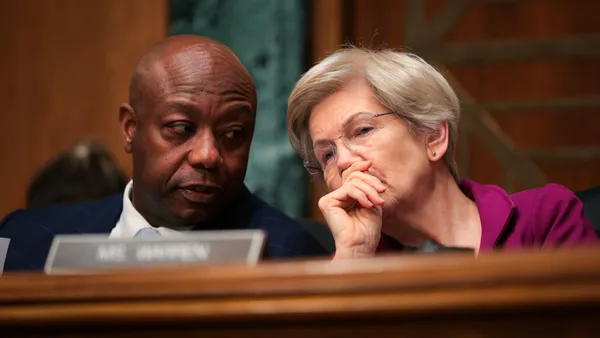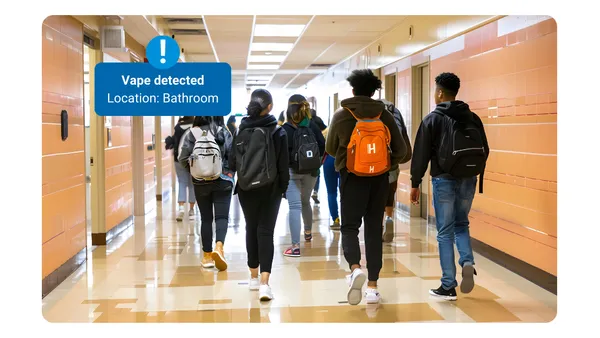Dive Brief:
-
The U.S. Department of Education released details of its FY 2022 spending proposal Friday, which is centered around equitable pandemic recovery programs and includes $20 billion in Title I Equity Grants to close a funding gap between majority White and majority non-White school districts.
-
The budget request totals $102.8 billion for early childhood, K-12 and higher education programs and is $29.8 billion, or 41% more than the current fiscal year. The department’s spending proposal includes education-related initiatives the Biden administration has advocated for in the American Jobs Plan and the American Families Plan.
-
Although members of Congress on both sides of the aisle say some increases are necessary as schools expand student services in reaction to COVID-19-related hardships, Republicans caution against the growing U.S. deficit, and Democrats make the defense that the spending levels are necessary and will help make up for under-investments in prior years. Congress will need to reach a compromise before FY 2022 begins Oct. 1.
Dive Insight:
U.S. Secretary of Education Miguel Cardona said in a Friday conference call with press that the budget proposal makes no cuts or program consolidations and would help correct inequalities faced by students of color, students with disabilities, English learners and those from low-income families. He highlighted budget ambitions for universal preschool access, full funding for the Individuals with Disabilities Education Act, mental wellbeing support, expansion of college pathway programs and more.
“The fiscal year 2022 Budget Request provides the resources to build our schools back better, to ensure that the education our students receive in a post-COVID environment is safer, more equitable and puts all students on a path to success,” the budget said.
A significant part of the fiscal plan is the increase in Title I spending for a total of $36 billion, a figure the Biden administration says it would eventually like to triple. The new funding would be directed for competitive salaries for teachers working at Title I schools, increasing student access to rigorous coursework, expanding access to high-quality preschool for underserved children and families, and more.
For example, the Title I spending proposal also includes $30 million in new discretionary funding for the School Leader Recruitment and Support program. There is also the request for $200 million over the next 10 years for a new Expanding Opportunities for Teacher Leadership and Development program. The department will prioritize projects that recruit and prepare school leaders to work in schools identified for improvement under the Elementary and Secondary Education Act.








 Dive Awards
Dive Awards







